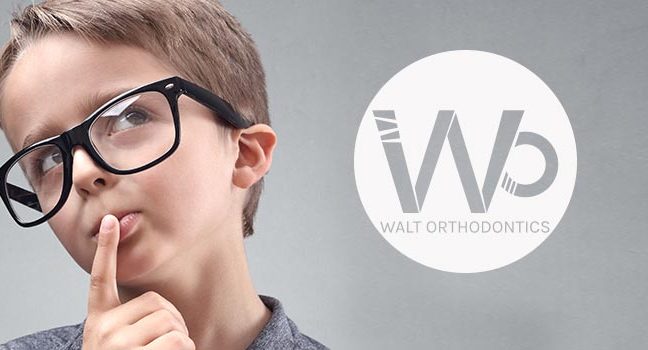On a weekly basis we meet with parents who are really confused. They come to our office seeking a second opinion because they were recently advised that their 7-10 year old child needs two phases of orthodontic treatment. More often than not, these families have visited a pediatric dental office that provides in-house orthodontic services.
Two phase treatment generally involves some type of orthodontic work between the ages of 7-10 (often involving appliances such as palatal expanders and limited braces) followed by a second round of braces at ages 12-14 once all the permanent teeth have erupted.
The rationale for two phase treatment stems from the fact that some orthodontic problems, if not treated early, cannot be fixed later on. For example, the upper jaw cannot be moved forward beyond the age of 10. Other problems, such as posterior crossbites, if not fixed early can lead to facial asymmetry. Another common problem where early treatment is needed is for kids who have severe overjet and whose upper front teeth are at risk for being traumatized.
Generally speaking, most kids do not need two phases of orthodontic treatment. By all means, we are huge proponents of two phase orthodontic treatment – when it is needed. Research shows that there are specific indications for two phase treatment and only about 20-30% of kids require it. The main negatives of doing two phase orthodontic treatment when it is not needed are a) the increased cost, and b) the patient is “burned out” after the first phase and is not compliant in the second phase, leaded to an inferior result. In fact most studies show that it is more effective and efficient to correct overjet in one phase when possible.
To summarize, two phase orthodontic treatment is an extremely valuable service that we provide but the majority of kids do not need it. Nevertheless, we believe that every kid should have an orthodontic examination at the age of 7. If early treatment is not needed it is still vital to attend regular orthodontic monitoring appointments as growth and the eruption of teeth need to be assessed for optimal timing of a single phase of treatment.




